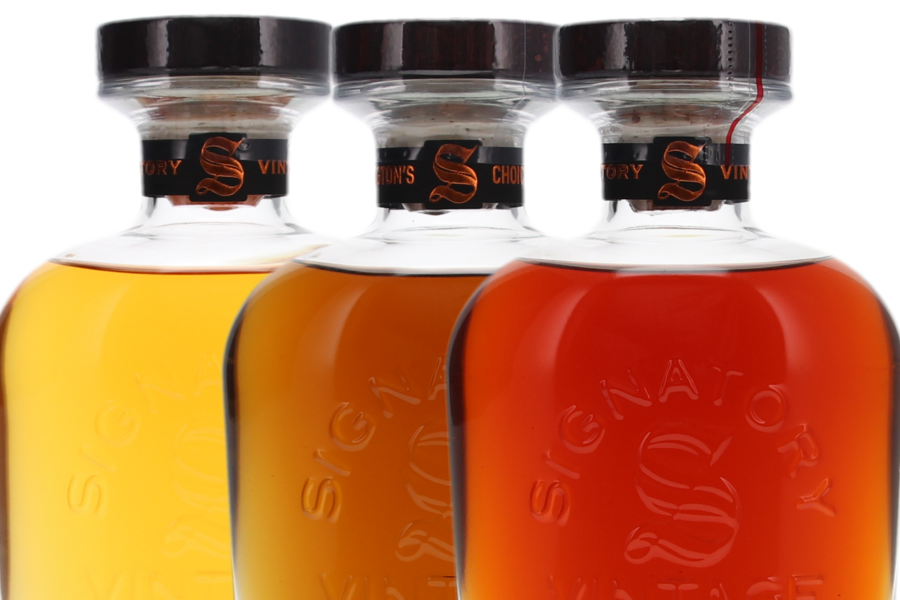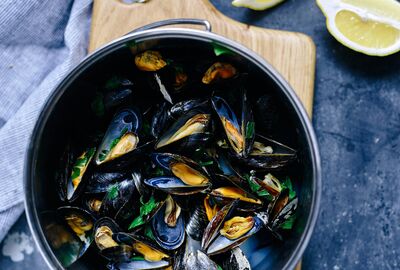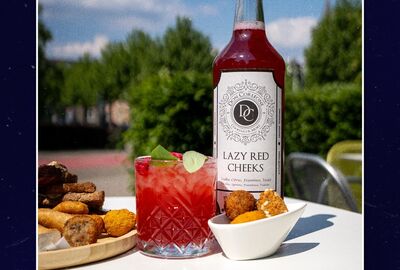
If you've ever looked at a collection of whiskies, you've probably noticed that the colours vary enormously. From light straw yellow hues to deep, dark amber and mahogany colours, whisky comes in a wide spectrum of shades. But what actually determines the colour of whisky? Is it the age, the type of cask it is matured in, or perhaps the distillation process? In this blog, we dive deeper into the factors that influence the colour of your whisky and what these colours tell us about the whisky in your glass.
Influence of the wood: the most important factor
The most important factor that determines the colour of whisky is the type of cask in which it is aged. When whisky is stored in oak casks, the wood begins to transfer its character and colour to the spirit. In new casks, this process happens faster and more intensely, as the wood is still full of naturally occurring sugars, tannins and other compounds. In older casks, which have previously been used for maturing other whiskies or even other drinks such as sherry or bourbon, this process is slightly slower and more subtle.
American oak bourbon casks, which are often used for maturing whisky, typically give a lighter golden colour, with subtle vanilla and caramel tones. In contrast, European oak casks, especially those previously used for sherry, give a darker, richer colour to the whisky, sometimes with reddish or mahogany tones. So the type of cask has a direct influence on the colour, in addition to the flavour of the whisky.
Maturation time: the longer, the darker?
While it is tempting to think that older whiskies are always darker in colour, this is not always the case. Whisky colour is indeed affected by how long it is in contact with the wood, but the degree of colour development depends heavily on the type of cask used. For example, a whisky aged for 10 years in a heavily toasted sherry cask may be darker than one aged for 20 years in a bourbon cask. Still, in general, the longer the whisky is matured, the more time it has to extract colour from the wood.
The climate in which the whisky is matured also plays a role. In warmer climates, whisky matures faster and therefore absorbs colour faster. This is the case, for example, with whisky from warm regions such as India or Taiwan, where colour and flavour development occurs faster than with Scotch whisky, which matures in cooler conditions.
First fill or refill casks
Another important aspect that affects colour is whether the cask is being used for the first time (first-fill) or has already been used several times (refill). A first-fill cask usually gives a richer and deeper colour to the whisky, as the wood can still impart many more of its properties to the drink. With refill casks, which have been used before, this effect is much less pronounced, often resulting in lighter whiskies.
Caramel dye: a lesser-known factor
Although the natural colour of whisky comes from the cask and maturation process, some whisky producers add a small amount of caramel dye (E150a) to make the colour more consistent. This happens mainly with blends or when a brand wants to achieve a specific colour for public recognition. Although caramel dye does not affect flavour, it is a controversial practice as many whisky lovers prefer natural, uncoloured whisky.
Smoke and peat: subtle influence on colour
A common misconception is that peated whiskies are automatically darker in colour because of their smoky flavour. While peat certainly affects the whisky's flavour profile, it has little to no effect on colour. The smokiness comes from the drying process of the malted barley and not from the maturation process in the cask. Peat-aged whiskies can therefore be as light or dark as other whiskies, depending on the casks used and the maturation period.
The colour of whisky can tell a lot about its origin and production process, but it is not always a reliable indicator of its quality or flavour. Light whiskies can be just as complex and full of flavour as their darker counterparts. The final colour is a combination of factors, such as barrel type, maturation time, climate and sometimes a touch of caramel colouring. So the next time you pour a glass of whisky, don't just look at the colour, try to figure out the story that takes place in that glass - of the wood, time and tradition that shaped it.

Blogger
The text you've just read was (partially) created with the help of ChatGPT . Although every story we write is thoroughly proofread and corrected with the help of ChatGPT, it can always happen that an error has crept in here and there that you, as a seasoned connoisseur, do not agree with.
Therefore, if after reading this blog you do not agree with certain statements that are put forward, please do not hesitate to let us know via service@broekmans.be so that we can further edit this text.
It is a conscious decision to explicitly mention that this blog article was written with the help of AI, as nothing is more valuable than the work, preparations and efforts made by "real" bloggers when they publish blog articles on our webshop (or elsewhere) that are not supported by AI.







